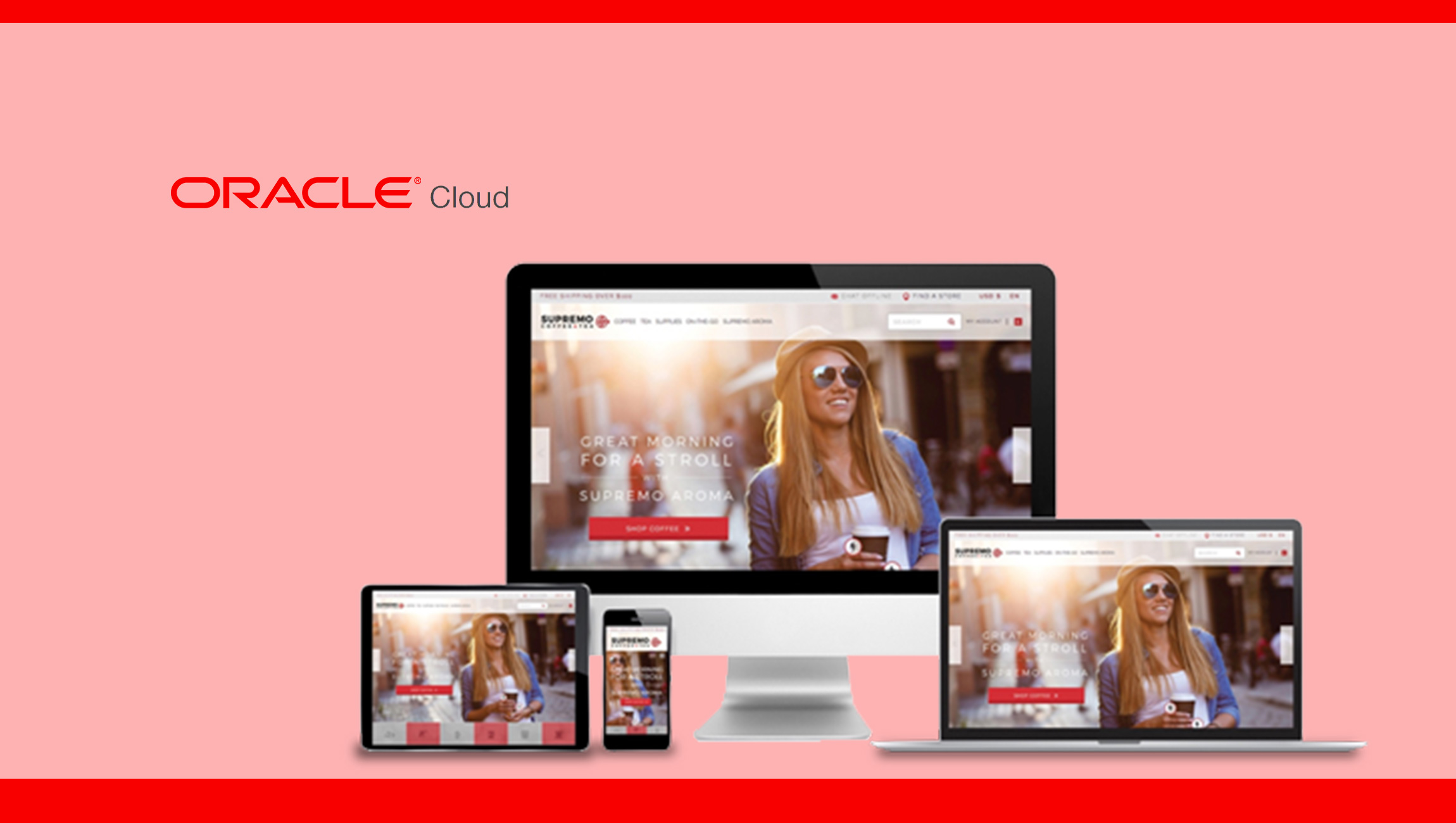 In 2017, it was for the seventh year in a row out-of-home (OOH) advertising has seen growth. It’s time to look ahead to 2018 and what is next on the horizon. While we know OOH is a highly effective medium, it is also one that has been able to change and adapt quickly. Yet, things can’t slow down— as we look to the future it’s clear that 2018 will focus on how data and technology are driving the industry through location-based OOH, digital OOH and Augmented Reality (AR).
In 2017, it was for the seventh year in a row out-of-home (OOH) advertising has seen growth. It’s time to look ahead to 2018 and what is next on the horizon. While we know OOH is a highly effective medium, it is also one that has been able to change and adapt quickly. Yet, things can’t slow down— as we look to the future it’s clear that 2018 will focus on how data and technology are driving the industry through location-based OOH, digital OOH and Augmented Reality (AR).
Data Will Drive Targeting & Attribution
Location-based advertising is nothing new—geofencing and retargeting have been mainstays for several years, but in 2018, we predict there will be major strides in adoption and effectiveness. The combination of merging mobile and out-of-home will allow brands to simultaneously cast a wide, yet personal net to effectively plan, execute, and evaluate campaigns while still delivering the breadth of impressions OOH guarantees.
Also new in 2018, is the ability to trigger OOH ads as a retargeting mechanism based on the density of a target audience in a specific area. Retargeting has long been a go-to tactic for lowering a campaign’s overall cost of acquisition, but banner ads aren’t exactly the thing an agency or brand wants to hang their hat on.
Also Read: Taking Larger Strides Toward Data Transparency – A Call To Action
By leveraging OOH as a retargeting medium, advertisers can pair highly targeted impressions with brilliant, impossible-to-ignore creative.
The other big change at the nexus of mobile and OOH will be the mainstream adoption of mobile data as an attribution mechanism. This has been piloted for the past few years, but now major mobile data shops have refined the practices, proven the efficacy of their models and set their sights squarely on integrating with major OOH buying platforms.
Brands can expect 2018 to be the year they finally achieve immediate and widespread visibility into the results and effectiveness of their OOH advertising.
The Reinvention of OOH in the Age of Driverless Cars
Semi-autonomous and driverless cars will begin to reach wider adoption in 2018. That has major implications for a medium that achieves a massive proportion of its impressions from people in cars.
Some experts see the end of “driving” as a tremendous challenge to the industry. Will people even pay attention to roadside OOH in this new driverless landscape? Or, will the rise of autonomous vehicles remove statutory barriers holding back the true potential of digital out-of-home advertising?
Currently, there are many restrictions on the brightness and content of digital billboards. Driverless cars could remove the need for these restrictions, potentially opening the door for video advertising on billboards—a long sought-after goal of the out-of-home industry, due to video’s ability to drive engagement and sentiment.
The other opportunity in a post-driving world is to reach consumers inside their vehicles. Seatback OOH formats such as TaxiTV are already the norm for reaching passengers in vehicles where humans are doing the driving, handing the controls of an increasing number of personal vehicles over to computers opens the door for ads to be injected into the everyday driving experience. If that sounds terrible, consider another emerging trend: free, ad-supported, public wifi.
Consumers may be loath to invite advertisers into their newly hands-free driving environment, but the opportunity to trade a few seconds of attention for free, in-car wifi might persuade them.
Driverless cars will bring many challenges and opportunities with them, triggering a total transformation of the OOH industry. In 2018 we will start to seriously consider those potential benefits and concerns, and begin to prepare companies and the industry to make the best of it.
Also Read: Location Will Be Used To Enhance More Aspects Of The Shopping Journey: 2018 Predictions
Augmented Reality & Virtual Reality
While augmented reality has been around for a while, it didn’t start to catch on with the general public until the launch of Pokémon Go in 2016 and Snapchat added augmented reality artwork galleries to its app in 2017. One of the biggest questions in AR has been, where will it go from here? And one of the best answers is into the out-of-home space.
Starbucks, Sprint, and Boost Mobile had several of their locations turned into “gyms” inside the Pokémon Go game. Not only did this cause an increase in store traffic, but also made it more likely for the players to talk about and share pictures of these locations on social media. These campaigns are successful because they create a truly unique and personal participatory experience for the player. Gamifying store visits via AR doesn’t even feel like advertising to consumers.
The tools to achieve a basic augmented reality ad experience will be increasingly democratized in 2018. The key player in this area is Snap. Branded geo-filters are increasingly affordable and accessible, even to small businesses. As Snap’s ad platform continues to evolve to serve less-sophisticated advertisers, we’ll see much more of this kind of advertising.
Also Read: The Virtual Reality Report Card
As AR ad-buying tools trickle-down to the masses, VR ads will be the next-big-thing for elite global brands. And, while it is still unclear which agency department will own the budget for VR advertising, out-of-home teams are the clear choice for determining effective placement and creative. In terms of campaign strategy, VR provides a massive new landscape for inserting ads that are similar to the OOH ads of the past. The main difference is the data-rich environment of VR and the potential for on-the-spot conversions. VR may well become a lower-cost proving ground for the kind of context-driven creative that is taking off in digital out-of-home (DOOH), while old-school OOH best-practices will drive increased campaign effectiveness in the nascent VR space.
Even More Growth
It isn’t surprising that with continued year over year growth and several technological advances in the category, projected growth is on the books for OOH. According to a MAGNA Intelligence study, the category is currently valued at $29 billion and set to reach $31 billion in the next five years.
There are many reasons for this, one being the newer technology provides better data, leading to more dynamic and targeted ads that generate real-time feedback. Additionally, OOH can reach mass consumers, especially many younger generations who have become experts at ad-free listening and unsubscribing. A final driver is the ability of digital OOH to boost advertising revenues by creating opportunities in niche locations–airports, malls, taxis, gyms, etc.
This is only the beginning. As technology continues to advance, OOH is nimble enough to adapt quickly and is poised to help brands deliver relevant messages backed by consumer data through out-of-home media, both digital and traditional.
Recommended Read: Are Creative Marketplaces and Dynamic Creative Optimization the Future of Online Advertising?



